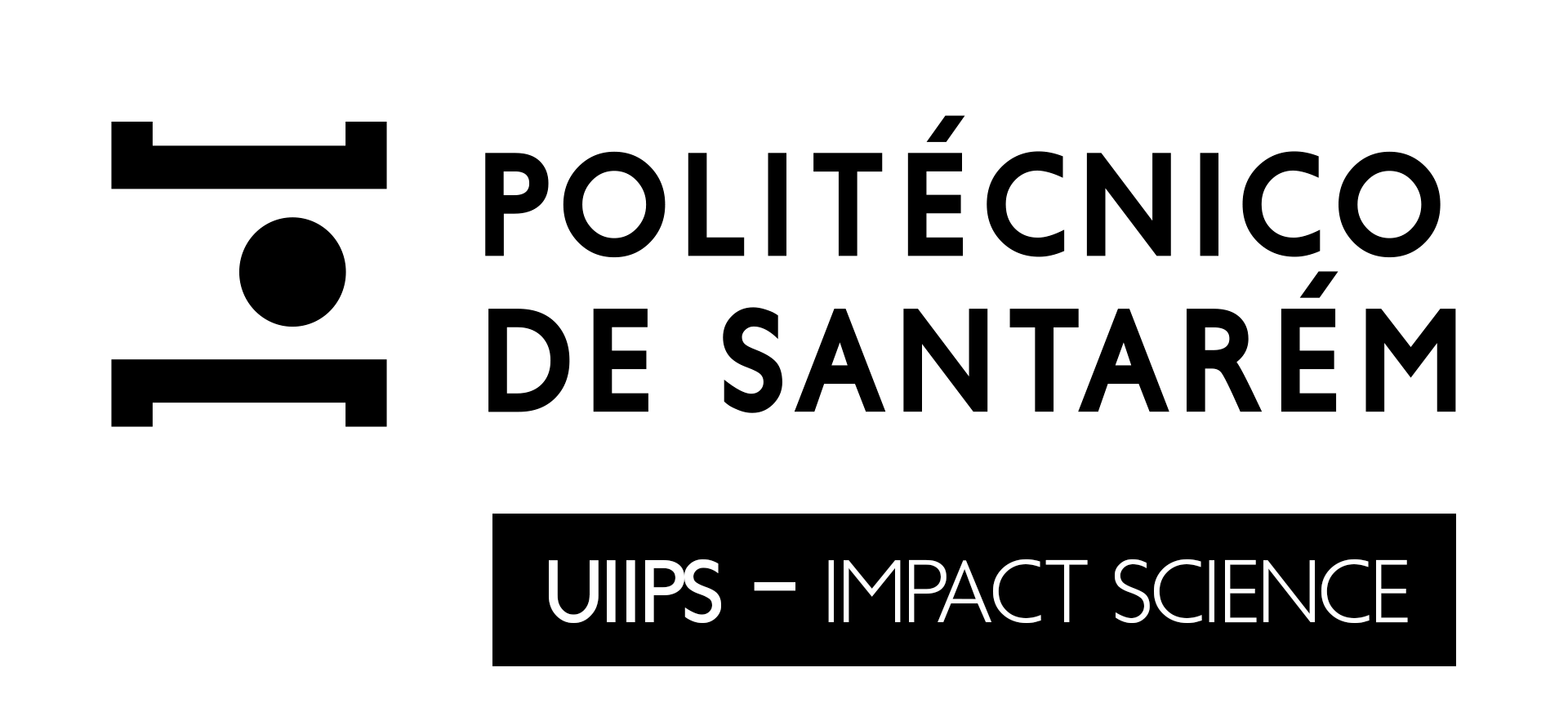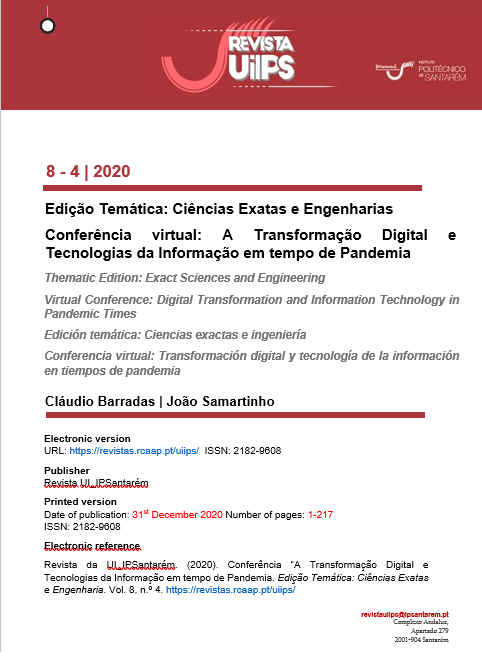FAD – Formação Assistida Digitalmente, a transição digital na formação presencial
DOI:
https://doi.org/10.25746/ruiips.v8.i4.21998Palavras-chave:
formação, inclusão digital, pandemia, recursos digitais, transição digitalResumo
A formação profissional em Portugal sofreu grandes alterações com a pandemia provocada pela CoViD-19, sendo necessário garantir a continuidade das ações de formação a decorrer nos vários centros de formação do país, e foram implementadas estratégias de comunicação com os formandos e soluções de formação assistida digitalmente. O paradigma da formação profissional mudou, deixou de haver a obrigatoriedade de formação presencial em sala, em algumas modalidades, e a formação a distância passou a ser uma realidade. Todos os atores da formação se mobilizaram para a mudança e adaptaram-se à utilização de novos recursos digitais na formação. Neste artigo pretende-se aferir a adaptação dos formadores à forma de comunicar com os formandos quer em plataformas de trabalho colaborativo ou Learning Management Sytems (LMS) e aplicações de videochamada.
Downloads
Publicado
Como Citar
Edição
Secção
Licença
Autores que publicam nesta revista concordam com os seguintes termos:
- Autores conservam os direitos de autor e concedem à revista o direito de primeira publicação, com o artigo simultaneamente licenciado sob a Licença Creative Commons Attribution que permite a partilha do trabalho com reconhecimento da autoria e publicação inicial nesta revista.
- Autores têm autorização para assumir contratos adicionais separadamente, para distribuição não-exclusiva da versão do artigo publicado nesta revista (ex.: publicar em repositório institucional ou como capítulo de livro), com reconhecimento de autoria e publicação inicial nesta revista.
- Autores têm permissão e são estimulados a publicar e distribuir o seu trabalho online (ex.: em repositórios institucionais ou na sua página pessoal) a qualquer ponto antes ou durante o processo editorial, já que isso pode gerar alterações produtivas, bem como aumentar o impacto e a citação do trabalho publicado.



